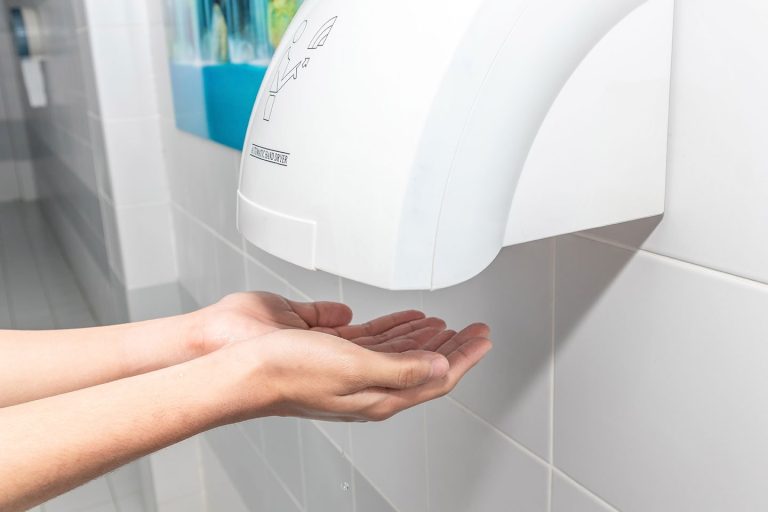
Equipment maintenance costs can add up, both financially and in terms of time. How do you maintain your competitiveness while also creating a return on investment (ROI)? This section highlights the administrative procedures and technological improvements used to minimise downtime for equipment and maintenance.
By 2026, the market for maintenance, repair, and operations is estimated to be worth $701.3 billion. This high cost is caused by a number of factors in industrial settings. Out-of-date resources account for the vast majority of unplanned downtime. According to maintenance experts, unexpected equipment downtime can be caused by machine failure, human error, insufficient maintenance time, and bad design.
Implementing parts that require little to no maintenance is an effective way to save money on upkeep. One example is clamp-on ultrasonic meters. These meters are utilized in a variety of contexts, including the water distribution business, because they have no moving elements that degrade with time. They are designed to require little or no upkeep.
Implementing a preventative maintenance (PM) strategy is another way to boost ROI. Indeed, 76% of industrial firms ranked preventive maintenance as a top priority for 2020. This technique aims to detect and address potential issues before they become a problem. As a result, PM reduces downtime, extends equipment life, and increases resale value. The type of asset, however, has an impact on the overall cost of ownership.
Predictive maintenance also makes use of analytical technologies. According to research, 41% of industrial enterprises employ this strategy already. Predictive maintenance, despite being more expensive and a newer concept, can be incredibly cost-effective. The potential savings from predictive maintenance to preventative maintenance range between 8 to 11%, according to the US Department of Energy. The global market for predictive maintenance is expected to be worth $23.5 billion by 2024, according to projections.
Predictive maintenance is critical and cannot be understated (PdM). Predictive maintenance uses software, sensors, and artificial intelligence to refresh and analyze the present state of the equipment. It is feasible to estimate when equipment will require maintenance using the obtained data. Unlike routine or time-based preventative maintenance, this technique attempts to save money by responding only when absolutely essential.
Maintenance management is a demanding endeavor. However, by incorporating new technologies, upgrading to low- or no-maintenance components, and using the appropriate tools for the job, it is possible to increase the lifespan and functionality of common equipment.
More information about upkeep and practical choices can be found in the infographic.





